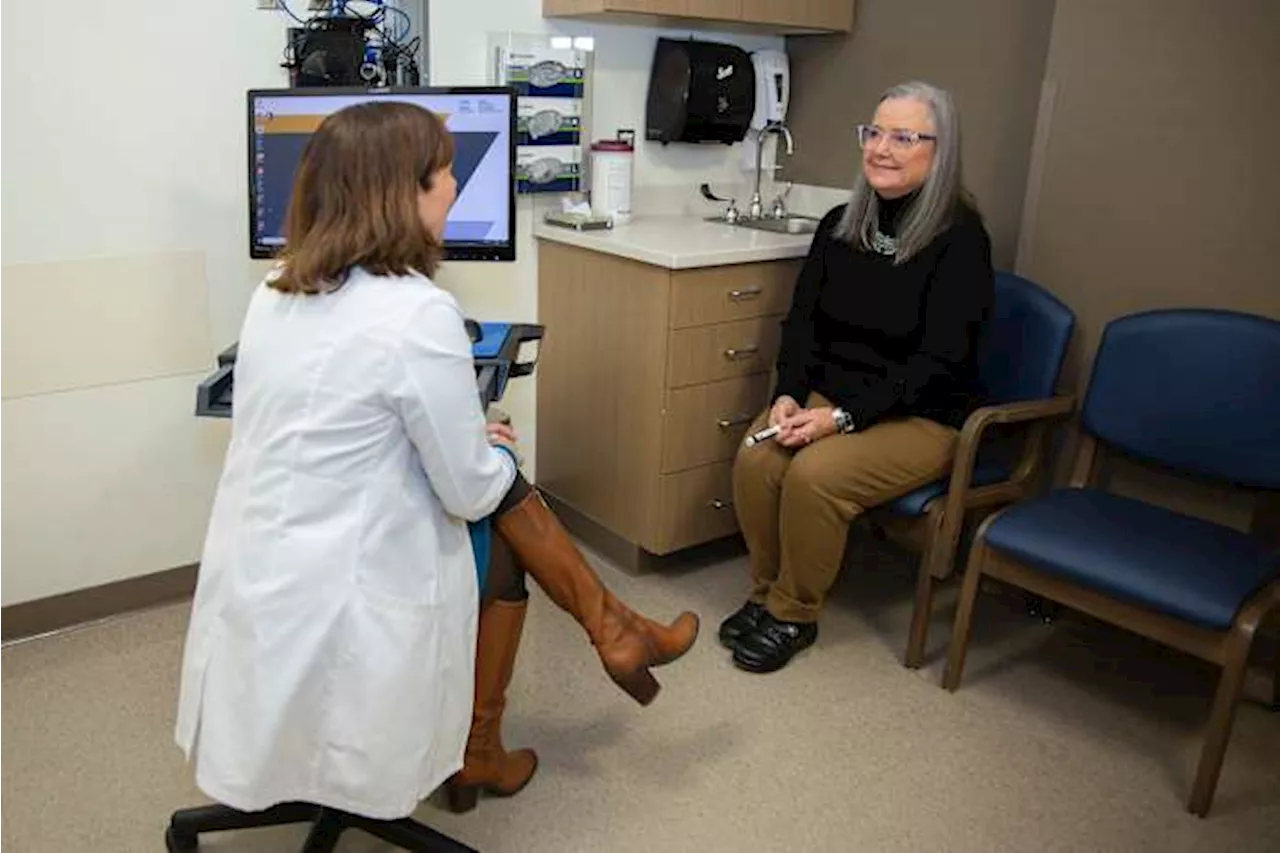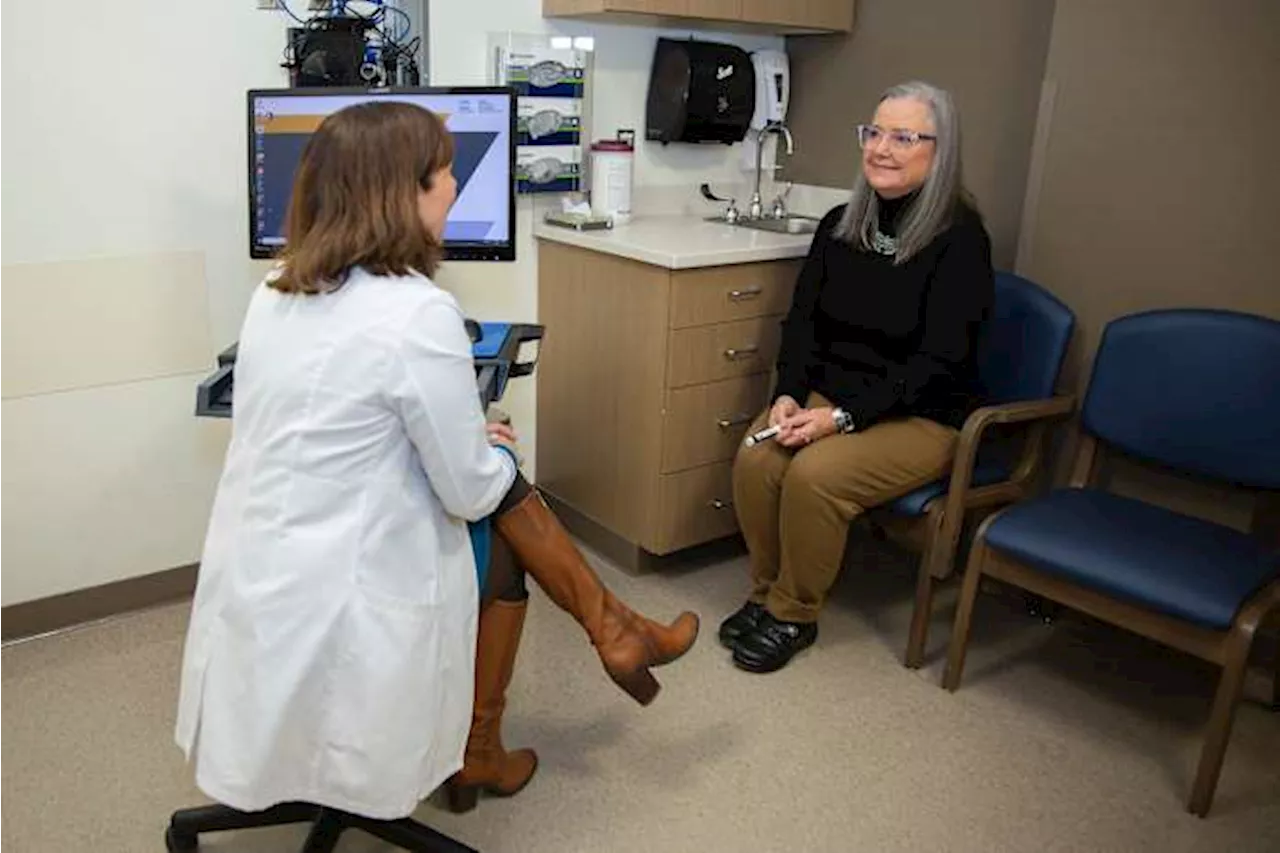A new study reveals that households with at least one GLP-1 user are significantly reducing their grocery spending, particularly on ultra-processed foods and food-away-from-home expenditures. However, they are also increasing spending on nutrient-dense options like yogurt, fresh produce, and nutrition bars.
Ozempic , Mounjaro , and other glucagon-like peptide-1 medications, or GLP-1s, are transforming how Americans shop for groceries. In early January, Food & Wine published a story about food companies releasing all-new products or reimagining the marketing of old ones to cater to specific nutrition needs like high-protein, high-fiber foods. This article mentioned a study by Cornell University that showed households with at least one GLP-1 user are significantly reducing their grocery spending .
But what, specifically, are they spending less on? Researchers, after examining data from Numerator, a platform linking survey responses from 150,000 households on GLP-1 medication adoption and timing to food purchases, reached this conclusion. Importantly, Numerator's survey also accounted for 'off-label users,' those who purchase medications out of pocket, providing a more 'comprehensive understanding of adoption trends.' Using a 'difference-in-differences' framework, the team compared GLP-1 adopters and non-adopters, finding that adopters reduced their grocery spending by an average of 5.5% in the first six months, with higher-income households seeing a 'notably larger reduction, averaging 8.6%.'The researchers then delved deeper, analyzing 40 product categories to pinpoint where GLP-1 users are spending more and less. They found the largest reductions were in ultra-processed categories, including 'snack foods, sweets, and other calorie-dense items,' along with other goods often associated with 'impulse purchases,' like chips and sweets. Reductions didn't stop there, as GLP-1 users also showed a decline in 'food-away-from-home expenditures'. The researchers found that users reduced spending at limited-service restaurants, including fast food chains and coffee shops, with the 'most pronounced' reductions during breakfast and dinner times. However, GLP-1 users did increase spending in some grocery store areas. Specifically, the analysis shows that 'nutrient-dense options, such as yogurt, fresh produce, and nutrition bars,' were the 'least affected' by the changes in purchasing. As Food & Wine reported, this is likely why so many brands are focusing on protein-rich foods. Perhaps most importantly, the research showed that this may not be a passing trend. Analyzing purchasing data 12 months into GLP-1 users' journeys, they found that while the magnitude of reductions plateaus at around six months, it remains 'negative and statistically significant' a full year later
GLP-1 Medications Ozempic Mounjaro Grocery Spending Food Trends Healthier Eating Nutrition
United States Latest News, United States Headlines
Similar News:You can also read news stories similar to this one that we have collected from other news sources.
 West Virginia patients are left in limbo over changing insurance coverage of obesity medicationsWhile West Virginia's employee health insurance program covers drugs like Ozempic for people with type 2 diabetes, officials decided to indefinitely pause covering their use for weight loss patients because of the cost.
West Virginia patients are left in limbo over changing insurance coverage of obesity medicationsWhile West Virginia's employee health insurance program covers drugs like Ozempic for people with type 2 diabetes, officials decided to indefinitely pause covering their use for weight loss patients because of the cost.
Read more »
 West Virginia patients are left in limbo over changing insurance coverage of obesity medicationsWhile West Virginia's employee health insurance program covers drugs like Ozempic for people with type 2 diabetes, officials decided to indefinitely pause covering their use for weight loss patients because of the cost.
West Virginia patients are left in limbo over changing insurance coverage of obesity medicationsWhile West Virginia's employee health insurance program covers drugs like Ozempic for people with type 2 diabetes, officials decided to indefinitely pause covering their use for weight loss patients because of the cost.
Read more »
 Large Study Finds No Increased Risk of Thyroid Cancer with GLP-1 RA DrugsA major new study involving a large diabetic population indicates that the use of GLP-1 RA drugs does not significantly increase the risk of thyroid cancer, although the study's relatively short follow-up period is noted.
Large Study Finds No Increased Risk of Thyroid Cancer with GLP-1 RA DrugsA major new study involving a large diabetic population indicates that the use of GLP-1 RA drugs does not significantly increase the risk of thyroid cancer, although the study's relatively short follow-up period is noted.
Read more »
 GLP-1 Agonist Drugs Offer More Benefits Than Risks for Approved Uses, Study FindsA comprehensive analysis of GLP-1 agonist drugs, used to treat type 2 diabetes and obesity, has revealed that they offer more benefits than risks for their approved uses. The study, which examined the health records of over 200,000 people with diabetes, found that GLP-1 agonists reduced the risk of various conditions, including heart attacks, dementia, and substance use disorders. However, the study also identified some potential downsides, such as an increased risk of kidney stones and pancreatitis.
GLP-1 Agonist Drugs Offer More Benefits Than Risks for Approved Uses, Study FindsA comprehensive analysis of GLP-1 agonist drugs, used to treat type 2 diabetes and obesity, has revealed that they offer more benefits than risks for their approved uses. The study, which examined the health records of over 200,000 people with diabetes, found that GLP-1 agonists reduced the risk of various conditions, including heart attacks, dementia, and substance use disorders. However, the study also identified some potential downsides, such as an increased risk of kidney stones and pancreatitis.
Read more »
 The Unexpected Side Effects of GLP-1 Drugs: A Discovery StudyDr. F. Perry Wilson discusses a groundbreaking study examining the wide-ranging effects of GLP-1 receptor agonists, commonly used for weight loss and diabetes management. The study, conducted using the vast dataset of the US Department of Veterans Affairs, employed a novel 'discovery' approach to identify both beneficial and potentially harmful outcomes associated with these drugs. This approach reveals intriguing insights beyond their established effects on weight and blood sugar, prompting further exploration into the multifaceted nature of GLP-1 drugs.
The Unexpected Side Effects of GLP-1 Drugs: A Discovery StudyDr. F. Perry Wilson discusses a groundbreaking study examining the wide-ranging effects of GLP-1 receptor agonists, commonly used for weight loss and diabetes management. The study, conducted using the vast dataset of the US Department of Veterans Affairs, employed a novel 'discovery' approach to identify both beneficial and potentially harmful outcomes associated with these drugs. This approach reveals intriguing insights beyond their established effects on weight and blood sugar, prompting further exploration into the multifaceted nature of GLP-1 drugs.
Read more »
 GLP-1 Benefits, Risks Detailed in ‘Atlas’ Mapping OutcomesThe study of more than two million veterans with diabetes details GLP-1 RA use relating to 175 outcomes; without randomization, caution urged in interpretation.
GLP-1 Benefits, Risks Detailed in ‘Atlas’ Mapping OutcomesThe study of more than two million veterans with diabetes details GLP-1 RA use relating to 175 outcomes; without randomization, caution urged in interpretation.
Read more »
